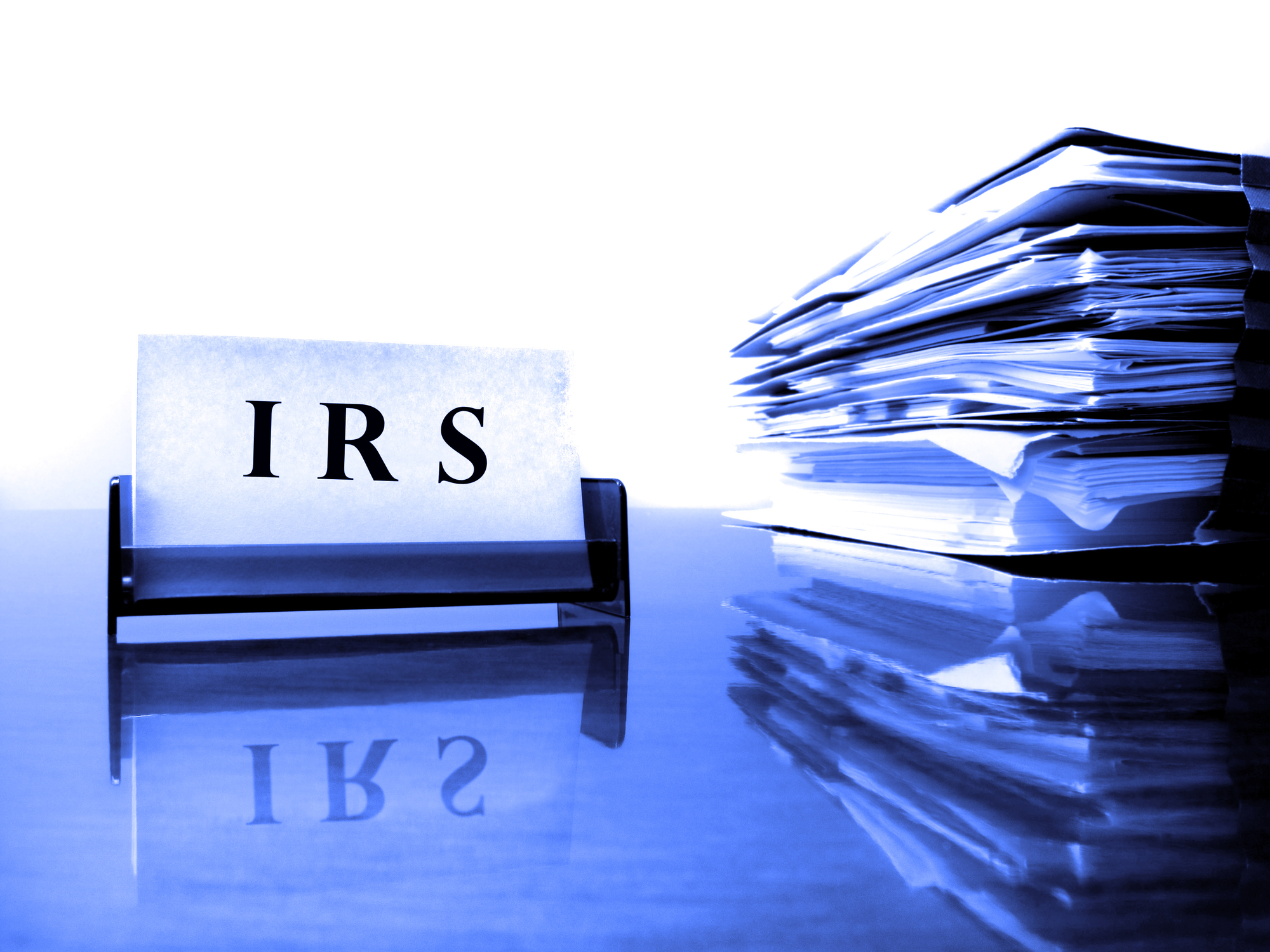Small Businesses Should Understand Form 5500
Last Updated on June 28, 2021
Understanding Form 5500 is important to businesses with retirement plans. Among the many fiduciary responsibilities that must be reported on the Form 5500, plan sponsors must deposit employees’ salary or wage deferrals into their accounts as soon as administratively feasible, but no later than the 15th business day of the month following the month in which the contributions occurred.
The IRS, Department of Labor, and Pension Benefit Guaranty Corporation developed Form 5500-series returns for employee benefit plans to satisfy annual reporting requirements under ERISA and the Internal Revenue Code. The Form 5500 is an annual report, filed with the U.S. Department of Labor (DOL), that contains information about a 401(k) plan’s financial conditions, investments, and operations. The purpose of Form 5500 is to provide the Internal Revenue Service (IRS) and DOL with information about the plan’s operation and compliance with government regulations.
In general, all retirement plans, such as profit-sharing and 401(k) plans, must file a Form 5500 for every year the plan holds assets.
Small employers — classified as those with 100 or fewer employees — are subject to a safe harbor deadline that gives them seven business days after collecting employee deferrals to deposit them into the plan.
What is the Purpose of Form 5500?
The U.S. Department of Labor, Internal Revenue Service, and the Pension Benefit Guaranty Corporation jointly developed the Form 5500 Series so employee benefit plans could utilize the Form 5500 Series forms to satisfy annual reporting requirements under Title I and Title IV of ERISA and under the Internal Revenue Code. We have pulled together some information from the IRS’ website that we know you will find useful.
The Form 5500 Series is an important compliance, research, and disclosure tool for the Department of Labor, a disclosure document for plan participants and beneficiaries, and a source of information and data for use by other Federal agencies, Congress, and the private sector in assessing employee benefit, tax, and economic trends and policies. The Form 5500 Series is part of ERISA’s overall reporting and disclosure framework, which is intended to assure that employee benefit plans are operated and managed in accordance with certain prescribed standards and that participants and beneficiaries, as well as regulators, are provided or have access to sufficient information to protect the rights and benefits of participants and beneficiaries under employee benefit plans.
All Form 5500 Annual Returns/Reports of Employee Benefit Plan and all Form 5500-SF Short Form Annual Returns/Reports of Small Employee Benefit Plan and any required schedules and attachments must be completed and filed electronically using EFAST2-approved third-party software or using IFILE. For more information on completing and filing forms electronically through EFAST2, see the EFAST2 FAQs and publications.
Beginning January 1, 2021, you can file the Form 5500-EZ electronically through EFAST2; you can no longer use the Form 5500-SF to electronically file “one-participant” plan and foreign plan annual returns. One-participant plans or foreign plans must file the Form 5500-EZ. If you are not subject to the IRS e-filing requirements, however, you may file a Form 5500-EZ on paper with the IRS. See the Form 5500-EZ Instructions for more information.
If you don’t already have DOL signing credentials, you can obtain them at www.efast.dol.gov. The DOL requires that all Form 5500 annual returns be filed electronically using its ERISA Filing Acceptance System (EFAST2) program. The agency no longer accepts paper filings.
The DOL and IRS may impose penalties or fines if a plan sponsor fails or refuses to file a complete return, or if the Form 5500 is rejected for insufficient information. Additional penalties may be incurred for willful violations, which include making false statements. Filings will be rejected by the DOL if required questions are left unanswered.
What is the due date for Form 5500?
The deadline for Form 5500 is the last day of the seventh month after the plan year ends (July 31 for a calendar year plan). Form 5558 must be mailed to the IRS by the filing deadline to receive an extension on the due date.
Avoid Mistakes When Filling Out Form 5500
Form 5500 requires a significant amount of information. It’s easy to enter wrong codes or mistake figures. To avoid these mistakes, we suggest that you go back through the form to ensure you have:
- Reread the questions to ensure you’ve answered correctly.
- Double-checked that answers are in the correct boxes.
- Re-checked the codes to ensure you’ve recorded everything properly.
- Avoided copying your answers from a previous year’s form.
- Consulted with professionals to ensure you’re answering each question correctly.

